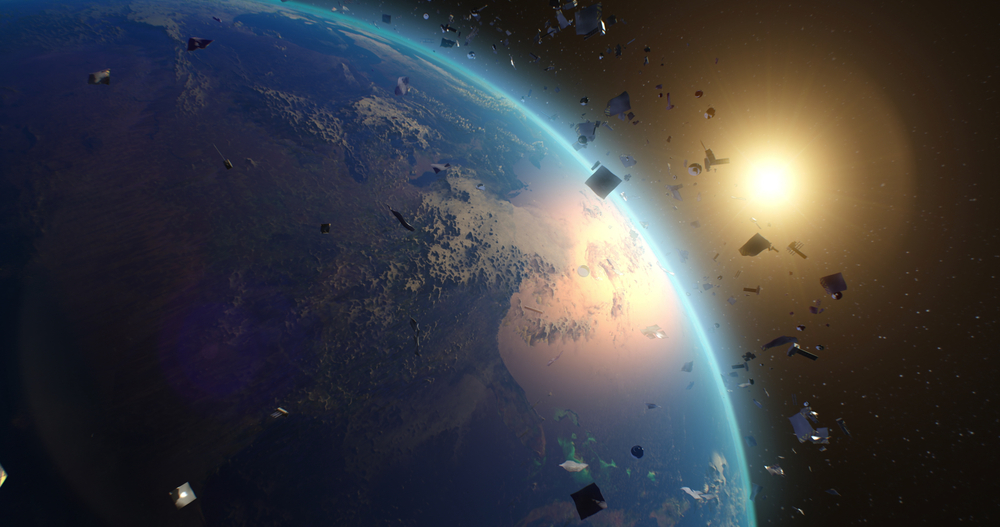One explosion generates fragments that collide with other objects, creating even more debris.
Others are reading now
Humanity’s ventures into space have brought incredible advancements, but they’ve also left behind a growing problem — space debris.
From accidental collisions to weapon testing, Earth’s orbit is now littered with millions of pieces of debris, according to Digi24.
Experts warn this growing “space junk” could lead to a catastrophic chain reaction known as the Kessler Syndrome, where debris collisions create more fragments, potentially halting space exploration and damaging satellites critical to life on Earth.
Also read
Growing Risk Each Year
In November, astronauts aboard the International Space Station (ISS) narrowly avoided a collision with space debris, thanks to a last-minute course adjustment by a docked Russian spacecraft.
The incident, though resolved safely, is part of an increasing pattern. Since the ISS began hosting astronauts in 2000, it has had to perform dozens of similar maneuvers.
With each year, the risk grows as the number of objects in orbit multiplies.
Proposed in 1978 by astrophysicist Donald Kessler, the syndrome describes a scenario where a collision in orbit triggers a chain reaction.
One explosion generates fragments that collide with other objects, creating even more debris.
This cascade effect could make Earth’s orbit so congested that satellites become inoperable, and space exploration is rendered impossible.
This danger isn’t hypothetical. Over 650 breakups, explosions, and collisions have occurred since the dawn of the space age in 1957.
Notable incidents include a 2009 crash between a defunct Russian satellite and an active American communication satellite, producing nearly 2,000 traceable fragments.
More recently, a U.S. weather satellite disintegrated in December 2024, adding at least 50 pieces of debris to the already crowded low Earth orbit.


